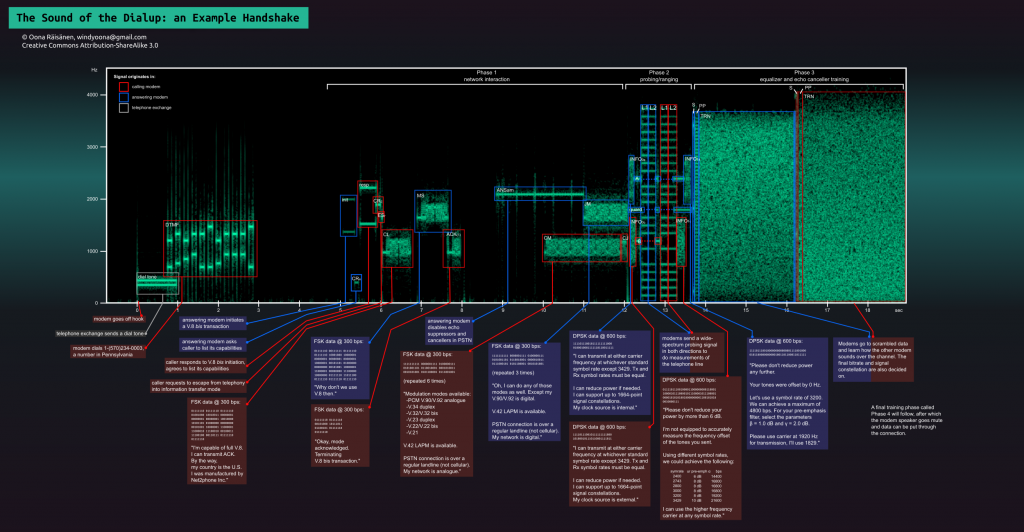In the days before I was an IT consultant, I used to work in retail. Wal-Mart, to be specific. Say what you will about Wal-Mart, but they had a great customer service training program. I worked in the electronics department as I’m sure comes as no surprise. This was before High-Definition and overpriced HDMI cables. In fact, DVD was just starting to gain popularity.
Something that I learned while I worked there, was that just because somebody works in a specific department, does not mean that they have any idea what they are talking about.
Every day, I would observe a customer come into our department asking for this cable or that adapter. But most of the people that I worked with didn’t know any more about electronics then the customers did. They didn’t know to tell you that the AG13 button cell battery is the same as in LR44 or an A76. Or that a Hi-8 tape won’t fit in a DV camcorder. So I usually had to be the one to rescue my associate by jumping in to help.
Every once in a while, I couldn’t get there fast enough, and I would find them explaining to the customer some technology that they knew nothing about. And what they were telling them was completely wrong.
I don’t know what compels people to pretend to know what they’re talking about, rather than admit that they don’t, and offer to help them find a solution anyway.
The point I’m taking a long time to reach is that even in retail atmosphere where there is no incentive for an employee to mislead a customer, some will do it anyway. Maybe they’re just repeating what they heard, maybe they’re trying to save face, or maybe they’re trying to make a sale. In any case, it happens. A lot.
I will admit that whenever I am contemplating a big purchase such as a TV or a computer, I will sometimes head on over to a big box retail electronics store and pretend to be completely oblivious to technology, allowing the salesperson to explain it to me. I’m not sure why I do it. Maybe I’m a masochist. Or maybe I get a twisted pleasure out of knowing that I know more than they do.
Besides the compulsory extended warranty, the one constant is that they want you to buy gold plated, gas injected Monster cables. Particularly when dealing with high-definition displays, the salesperson will explain that higher quality HDMI cables will result in a better quality picture and sound. I usually let them run through their spiel until they’re finished and kindly decline.

At this point, it’s important to note the difference between analog and digital storage and transmission.
Take for example your voice. You can broadcast your voice through a telephone call, and the receiving end would hear it, but at a lower quality than the original. This is an example of analog. Your voice is still being translated into an electronic format, but the medium by nature is analog. The signal degrades. Same with a record player. You could technically record from one vinyl record to another, or cassette tape to cassette tape, but each subsequent copy will be worse than the one before.
On the other hand, if you record your voice on your computer, and send that audio file to a friend, their copy of the file would be exactly the same as yours. Why? Because when transmitting digital data, it either transfers, or it does not. When you connect to the Internet, this is a digital connection. You do not require gold-plated cables to connect to the Internet. Likewise for HDMI cables, the high definition signal either goes to the display, or it does not. There is no higher or lower quality by virtue of the fact that this is a digital signal.
I’m not sure whether these salespeople are being intentionally misleading, or if they’re just so indoctrinated that they just believe. After all, it is logical to expect that these monster cables must be so exorbitantly expensive for good reason. Unfortunately, this is not the case.
I found this infographic that sums it up. Hint: you’ll have to zoom in to read it because it’s huge.

